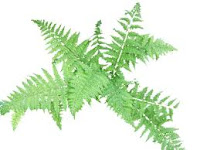LEAVES
Leaves are a plant’s powerhouse,using sunlight to make sugar,the plant’s fuel.Many leaves are broad and flat to catch the maximum amount of sunlight.Other shapes and styles may help to conserve water or help plants to cling to surfaces.
Ï Leaves come in many different shapes and sizes but there are two main types:needle-shaped leaves and broad leaves.
Ï Conifers,such as pine trees have needle-shaped leaves.
Ï Broad leaves are made by some trees and other woody plants in the flowering plant group.A broad leaf may be just a single leaf,such as an oak tree leaf or be made from a group of leaflets, such as an ash tree leaf.
Ï Leaves are joined to the stem by a stalk called a petiole.
Ï The flat part of the leaf is called the blade.
Ï The leaf blade is like a sandwich with two layers of cells holding a thick filling of green cells.
Ï The green in the leaf comes from the chemical pigment chlorophyll.This traps the Sun’s energy, so that the plant can make sugar by photosynthesis.
Ï Chlorophyll is held in tiny bags in each cell called chloroplasts.
Ï To cut down water loss in dry places,leaves may be rolled-up,long and needle-like or covered in hairs or wax.
Ï Climbing plants such as peas have tips that coil into stalks called tendrils.The tendrils help the plant cling to vertical surfaces.
Ï Magnolia trees have the largest leaves and flowers of any tree outside the tropical forests.
Ï Bougainvillea does not produce colourful flowers but has colourful leaves instead.
Ï The leaves of the water hyacinth swell up with air to help the plant float.



































